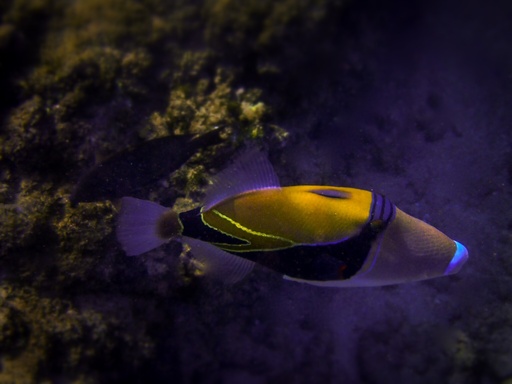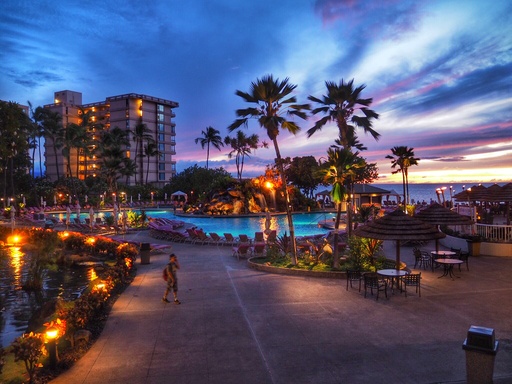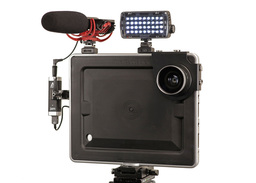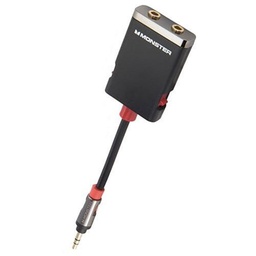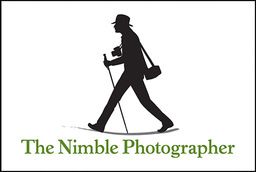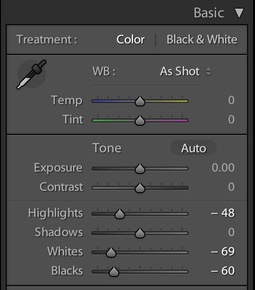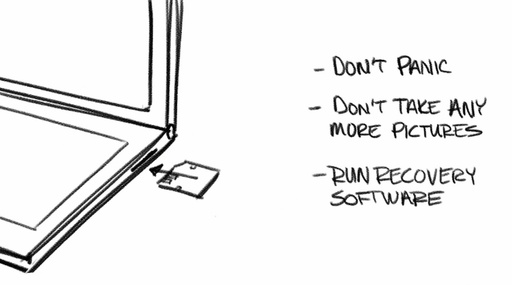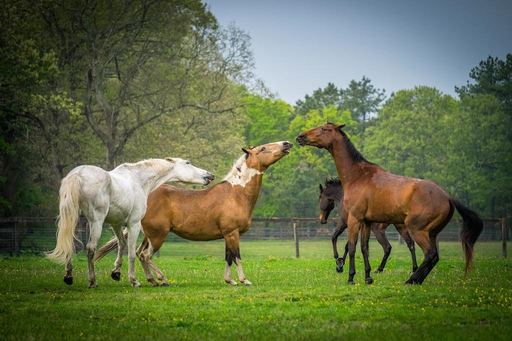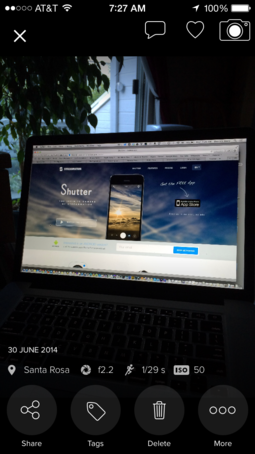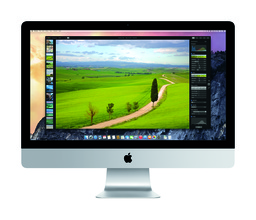This week on The Digital Story Photography Podcast: The End of Aperture development by Apple, a Great Vacation Camera Bag, and the Ins and Outs of Copyright Law - All of this and more on today's show with Derrick Story.
Story #1 - The Weekly Update: Ansel Adams' 4x5" view camera to be auctioned off - The auction is to be held on July 9, 2014, and prospective bidders can still register online. If you'd like to own a piece of American photographic history, be ready to grab deeply into your pockets, as Adams' Arca Swiss is expected to sell for $300,000 or more. (source: Imaging-Resource.com).
In other news, Everything You Wanted to Know About Copyright but Were Afraid to Ask - Presented by B&H Photo, photographer Jack Reznicki and lawyer Ed Greenberg demystify and illuminate the gray areas in an easy, humorous, and understandable manner that only this pairing of a photographer and lawyer with so much "real-life, in-the-trenches" experience can provide. (Source: B&H Event Space).
And finally, Canon Lens Microsite for Canon shooters who want to determine the best lens for the task at hand. The microsite also features educational videos from Canon's "EF 101" series that show some practical examples of how to use each type of lens.
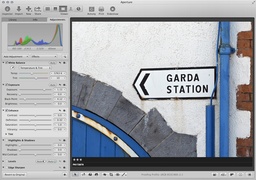
Story #2 - Apple Halts Development of iPhoto and Aperture, Migrates Users to New Photos App. Aperture users have three basic options: do nothing, switch to Lightroom, or migrate to Photos. I talk about these options in today's second segment.
Story #3 - The Nimbleosity Report: "Packing for Maui" - I'm changing my bag to the Lowepro Photo Hatchback 16L AW Backpack that is a great bag for vacation travel. I'll explain why in the 3rd segment of today's show.
Story #4 - From the Screening Room - Photoshop Color Correction: Advanced Projects with Taz Tally. One of the things I really like about this title is that Taz also shows you how to identify color problems and discusses options to fix them before attempting actual corrections. Very helpful.
You can watch Taz in action by visiting the TDS Screening Room at lynda.com/thedigitalstory. While you're there, you can start your 7 day free trial to watch other design, photography, and computing titles, plus every other topic in the library (including my brand new "Photographing High School Senior Portraits."
Virtual Camera Club News
From SizzlPix: Now, for The Digital Story listeners and readers, this month only, SizzlPix will knock off 20% of the price for your SizzlPix, any quantity, any size up to 6 feet! Just put the initials TDS or "The Digital Story" in the comments space of their new, simplified online order form. SizzlPix.com.
Save on Ground Shipping for Red River Paper: Use coupon code ground50c to receive a 50 percent discount on UPS ground shipping for Red River Paper. No minimum purchase required.
Photo Assignment for July 2014 is "Smokin' Hot".
If you haven't done so already, please post a review for The Digital Story Podcast in iTunes.
BTW: If you're ordering through B&H or Amazon, please click on the respective ad tile under the Products header in the box half way down the 2nd column on thedigitalstory.com. That helps support the site.
Virtual Camera Club News
From SizzlPix: they've streamlined the SizzlPix! website, so that ordering is now easy as 1-2-3.
- From any page, go to "Original Low Prices." Decide on your size and hanging option.
- From there, click on the big blue button, "From Yours" at the top of the page.
- After filling in the abreviated order form, you're taken automatically to the upload page to send in your image.
Save on Ground Shipping for Red River Paper: Use coupon code ground50c to receive a 50 percent discount on UPS ground shipping for Red River Paper. No minimum purchase required.
Photo Assignment for June 2014 is "Any Kind of Light but Natural".
If you haven't done so already, please post a review for The Digital Story Podcast in iTunes.
BTW: If you're ordering through B&H or Amazon, please click on the respective ad tile under the Products header in the box half way down the 2nd column on thedigitalstory.com. That helps support the site.
More Ways to Participate
Want to share photos and talk with other members in our virtual camera club? Check out our Flickr Public Group. And from those images, I choose the TDS Member Photo of the Day.
Podcast Sponsors
lynda.com - Learn lighting, portraiture, Photoshop skills, and more from expert-taught videos at lynda.com/thedigitalstory.
Red River Paper -- Keep up with the world of inkjet printing, and win free paper, by liking Red River Paper on Facebook.
SizzlPix! - High resolution output for your photography. You've never seen your imagery look so good. SizzlPix.com. SizzlPix! now is qualified for PayPal "Bill Me Later," No payments, No interest for up to 6 months, which means, have your SizzlPix! now, and pay nothing until January!
Want to Comment on this Post?
You can share your thoughts at the TDS Facebook page, where I'll post this story for discussion.
